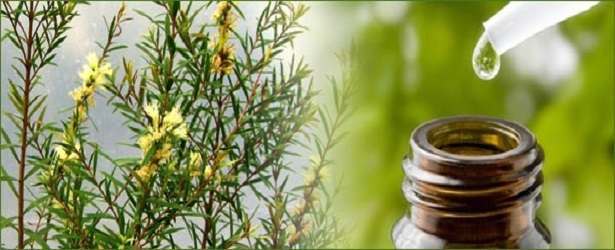Treatments for Nail Fungus Infections
When you are trying to get rid of nail fungus, choose a treatment that is right for you. There are a lot of options, even if this is a long-term or severe infection. Regardless of this, there is a way to treat and completely get rid of any infection. No matter what treatment you choose, it requires patience, as it can take several months to see full results from the treatment you choose.
Important Points you Should Know about Treating Nail Fungus Infections
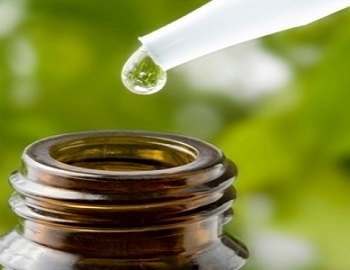 Getting rid of a fungal infection that affects the finger- or toenail can be a long process. It doesn’t matter which treatment you choose, it will take at least a few months.
Getting rid of a fungal infection that affects the finger- or toenail can be a long process. It doesn’t matter which treatment you choose, it will take at least a few months.- Nail fungus that affects fingernails is usually easier to get rid of. This is because your hands have access to fresh air more than your feet, which are constricted in shoes.
- Some prescription medications for nail fungus can cause liver damage. During treatment with prescription medications, your doctor may order periodic liver function tests to ensure that your liver is healthy enough to undergo treatment.
- The most common method of treating nail fungus is through oral medications. This may be used in combination with treatments applied directly to the nail. A less severe form of nail fungus may be treated with a paint-on nail varnish or product containing tea tree oil.
- For severe infections, or those that reoccur, your doctor may recommend removing all or part of the nail. This is not typically done unless other treatments have repeatedly failed.
- Most cases of nail fungus, as long as they are mild cases, are typically left alone to go away on their own.
There are many things you can do to prevent a nail fungus from coming back. If you are interested in this information, read “Preventing Nail Fungus Infections”
Current Treatments Available for Nail Fungus Infections
 With all of the treatments on the market today, how do you find the best one available? Here we have composed a list of treatments that are available. We have divided it into three different categories which will make the decision easier for you.
With all of the treatments on the market today, how do you find the best one available? Here we have composed a list of treatments that are available. We have divided it into three different categories which will make the decision easier for you.
Before you make up your mind set on any specific treatment, you should talk to your doctor about the best course of action. You can also use up-to-date medical research to determine which treatment option is best for you before you talk to your doctor.
Shown Effective and Safer Than Most Methods
Itraconazole (Sporanox)
An oral medication that provides anti-fungal properties. It is effective in treating infections that are caused by a fungus.
Terbinafine Pills (Lamisil)
An anti-fungal medication that is taken orally. It is effective in treating fungal infections in the nail.
Treatments Considered Effective but Possibly Harmful
Fluconazole Pills (Diflucan)
An anti-fungal medication that is taken orally. While it is considered effective in treating fungal infections of the nail, it is not commonly prescribed for this treatment.
Ciclopirox Lacquer (Penlac Nail Lacquer)
This is a great choice if you are trying to avoid taking oral medications to treat a nail fungus infection. It is typically more effective in treating infections that are mild in nature. This treatment goes on like a nail polish and is applied to the affected area.
Treatments That Need More Research
Griseofulvin Pills (Grifulvin V)
 This is considered an antibiotic. While it can be used for treatment of nail fungus, it is not as effective as other options.
This is considered an antibiotic. While it can be used for treatment of nail fungus, it is not as effective as other options.
Ketoconazole Pills (Nizoral)
While this medication is considered an antifungal, it is rarely used. This is because it can cause severe liver damage.
Terbinafine Cream or Spray
This medication comes as a cream or spray. It is effective in treating fungal infections but it takes quite a long time for it to work. This cream is commonly known as Lamisil.`
Removing Part of Your Nail
Typically, this is the treatment for a severe nail infection. It can also be used if someone experiences recurring infections. Before this is considered, doctors will try several different treatments as it can take quite a while for the nail to grow back.

 Subscribe Now
Subscribe Now

 With advancements in modern medicine,
With advancements in modern medicine,  There are many commonly
There are many commonly 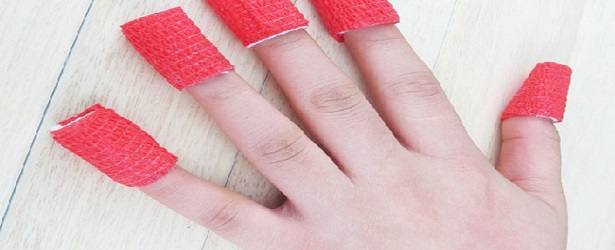
 Most forms of this disorder are caused by a break in the skin, typically a hang nail or the location where the nail is bitten. At times, the bacteria Streptococcus and Pseudomonas manage to get into the infected area and make it worse. If the infection is considered chronic, it is typically the result of a yeast called
Most forms of this disorder are caused by a break in the skin, typically a hang nail or the location where the nail is bitten. At times, the bacteria Streptococcus and Pseudomonas manage to get into the infected area and make it worse. If the infection is considered chronic, it is typically the result of a yeast called  One of the recommended
One of the recommended 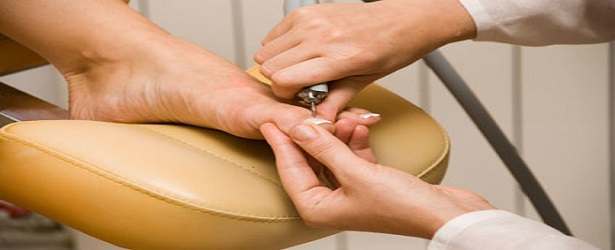
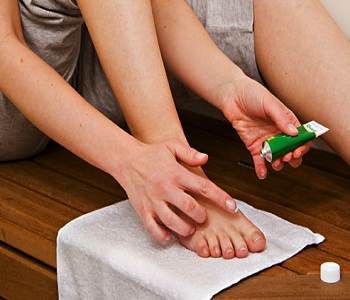 Surgery – Your doctor will use a local anesthetic to numb the skin around the nail. A tool is then used to separate your nail from the nail bed and surrounding skin. Once the nail is removed, the nail bed and skin should heal in about 3 weeks.
Surgery – Your doctor will use a local anesthetic to numb the skin around the nail. A tool is then used to separate your nail from the nail bed and surrounding skin. Once the nail is removed, the nail bed and skin should heal in about 3 weeks.

 One of the most difficult and trying factors in treating nail fungus is that it takes a long time to cure. It is easy to get frustrated and give up before they are able to cure the infection.
One of the most difficult and trying factors in treating nail fungus is that it takes a long time to cure. It is easy to get frustrated and give up before they are able to cure the infection.
 Yes, everyone can develop nail fungus. The older you are, the more likely it is for you to suffer from nail fungus infections.
Yes, everyone can develop nail fungus. The older you are, the more likely it is for you to suffer from nail fungus infections.
 What is less commonly known is that fingernails can also become infected, just as toenails can. Typically, the first sign of infection is the nail changing color and becoming thicker, especially across the tip of the finger nail. Because hands are open and difficult to cover up, it can be very embarrassing to those who suffer from it. The first instinct is to cover up the discoloration with nail polish. However, this can cause the infection to get worse because it seals in humidity and prevents light from getting to the fungus to destroy it. Nail polish creates the ultimate breeding ground underneath the nail by providing the exact environment that a fungus needs to survive. The fungus will not go away on its own, and without treatment it will get worse and could spread to other nails and other people.
What is less commonly known is that fingernails can also become infected, just as toenails can. Typically, the first sign of infection is the nail changing color and becoming thicker, especially across the tip of the finger nail. Because hands are open and difficult to cover up, it can be very embarrassing to those who suffer from it. The first instinct is to cover up the discoloration with nail polish. However, this can cause the infection to get worse because it seals in humidity and prevents light from getting to the fungus to destroy it. Nail polish creates the ultimate breeding ground underneath the nail by providing the exact environment that a fungus needs to survive. The fungus will not go away on its own, and without treatment it will get worse and could spread to other nails and other people.

 Listerine is a common home remedy. It advertises complete the destruction of bacteria and germs. However, the main focus of the mouthwash is to treat gum disease. This is a very inexpensive and common
Listerine is a common home remedy. It advertises complete the destruction of bacteria and germs. However, the main focus of the mouthwash is to treat gum disease. This is a very inexpensive and common  Vinegar is very acidic. In the case of dermatophyte onychomycosis it has proven to be very effective. If you use vinegar to treat dermatophyte onychomycosis, use a mixture of one part vinegar to two parts water.
Vinegar is very acidic. In the case of dermatophyte onychomycosis it has proven to be very effective. If you use vinegar to treat dermatophyte onychomycosis, use a mixture of one part vinegar to two parts water.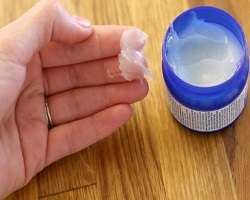 The way VapoRub is made makes it a great treatment for onychomycosis. This is because it is able to penetrate the nail and is better able to get to the actual source under the nail.
The way VapoRub is made makes it a great treatment for onychomycosis. This is because it is able to penetrate the nail and is better able to get to the actual source under the nail. Tea Tree Oil has been proven to be an effective antifungal agent. You can use it in many different ways. Pour it into a dish and soak the nails in it to protect nails not currently affected from developing an infection. Tea Tree Oil has been proven effective for treatment of all types of onychomycosis.
Tea Tree Oil has been proven to be an effective antifungal agent. You can use it in many different ways. Pour it into a dish and soak the nails in it to protect nails not currently affected from developing an infection. Tea Tree Oil has been proven effective for treatment of all types of onychomycosis.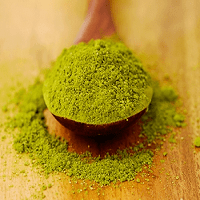 Green tea extract, also known as Camellia Sinensis, is a widespread herbal remedy. It is shown to treat many different problems from obesity to nail fungus. It is recommended that you soak your nails in it for about 20 minutes daily.
Green tea extract, also known as Camellia Sinensis, is a widespread herbal remedy. It is shown to treat many different problems from obesity to nail fungus. It is recommended that you soak your nails in it for about 20 minutes daily.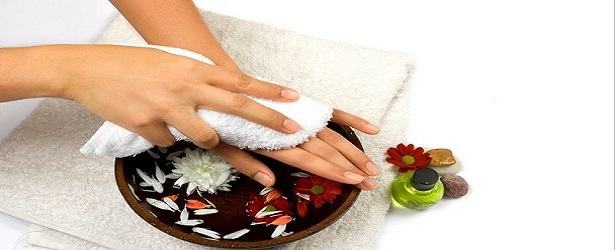

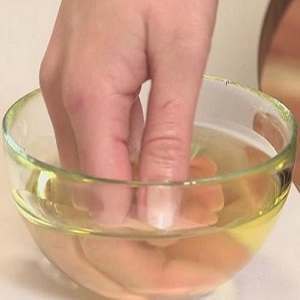 ClearFungus – This is one of the leading natural remedies used for
ClearFungus – This is one of the leading natural remedies used for 